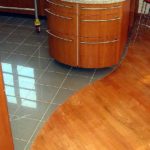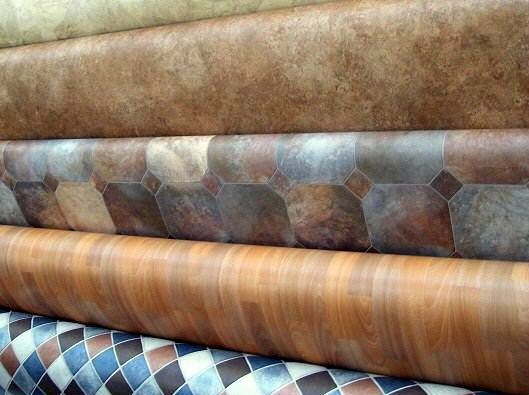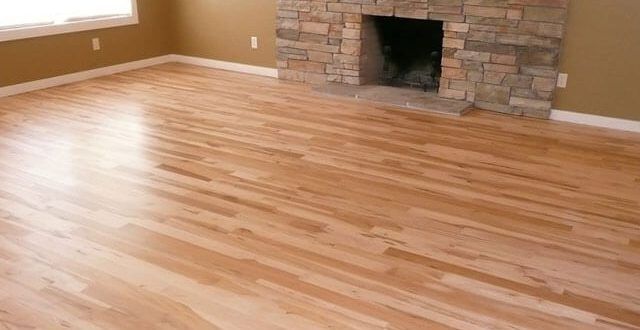Is it necessary to glue linoleum to the floor?
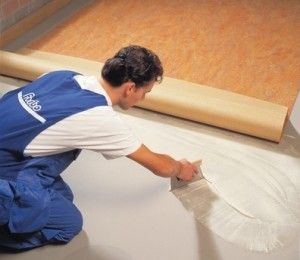 People often ask whether vinyl floors need to be glued down. The reason many people wonder is the outcome whether you stick them or not! There are several types of vinyl flooring, each with a unique installation process to the floor. Be sure to review the manufacturer's installation instructions and options before purchasing and installing.
People often ask whether vinyl floors need to be glued down. The reason many people wonder is the outcome whether you stick them or not! There are several types of vinyl flooring, each with a unique installation process to the floor. Be sure to review the manufacturer's installation instructions and options before purchasing and installing.
The content of the article
What glue to use
Using a quality adhesive for your vinyl floors will not only speed up your project, but will also increase the lifespan of your vinyl flooring, making it look better over time. There are a variety of adhesives available for installing vinyl floors or simply repairing existing floors. Some adhesives are better suited for small home projects, while others require knowledge and skill and are more suitable for large commercial spaces.
The best types of vinyl flooring adhesives should be as versatile as possible. For example, some compositions can be used to bond a variety of flooring materials, including hard tile and plank, stair treads, vinyl-backed carpeting, and resilient sheet flooring.
REFERENCE! Fast drying time is another important quality. Fast-drying floor adhesives facilitate movement and reduce slippage.In addition, an adhesive that resists plasticizer transfer improves the durability of the floor's bond—a quality that is especially important for permanent installations.
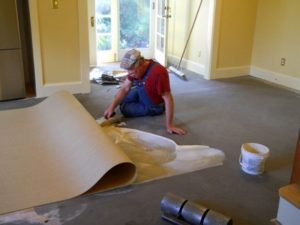 You should also check whether the glue is colorless and moisture and alkali resistant; can this be applied over reduced litter; and does the company that makes the glue offer a warranty.
You should also check whether the glue is colorless and moisture and alkali resistant; can this be applied over reduced litter; and does the company that makes the glue offer a warranty.
Different types of vinyl flooring adhesives offer a number of different benefits, such as the stitching technology used to bond the flooring to the floor. This helps strengthen the product and increase its durability. Alternatively, some adhesives can have a very aggressive crust, and some are only recommended for interior installation. Buy glue that is resistant to mold and fungi; it can be washed with soapy water; and it has good environmental performance, such as a low VOC emission product.
Instructions on how to do gluing step by step
REFERENCE! If you don't like the curved edges of your linoleum, its days are numbered, relax. A little curling doesn't mean you have to upgrade to a new floor. Loss of adhesion, usually due to moisture, can sometimes cause the edges to peel away from the floor.
If the linoleum is in good condition and you don't want to replace it, you can easily straighten it with a few inexpensive supplies at the store.
Point the blow dryer high at the linoleum for a minute or two to make it a little more pliable. Gently pull the linoleum back.
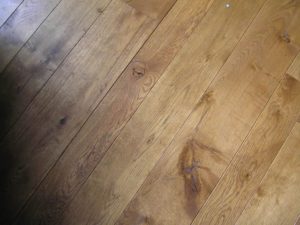 Remove exposed base. Use a plastic scraper to remove debris. Sweep the dust into the trash can or vacuum up the particles.If moisture has seeped between the linoleum and the substrate, it may be damp. Let it air dry - for a few days - before continuing.
Remove exposed base. Use a plastic scraper to remove debris. Sweep the dust into the trash can or vacuum up the particles.If moisture has seeped between the linoleum and the substrate, it may be damp. Let it air dry - for a few days - before continuing.
Apply an even layer of floor adhesive to the underside of the linoleum using a putty knife. Level the linoleum and roll it out with a rolling pin or staple to secure it more securely.
Wipe off any excess glue that may have spilled from under the edge of the linoleum using a damp rag. Place weights on top of the linoleum, such as two-by-four phone books. Add weight to them with cans or heavy boxes.
Leave the glue on overnight, then remove the weight.
Things you'll need
- Hairdryer
- Plastic scraper
- Broom and baking sheet
- Adhesive for vinyl floors
- Putty knife
- rolling pin
- Damp cloth
- Weights
What to do if linoleum begins to peel off from the floor
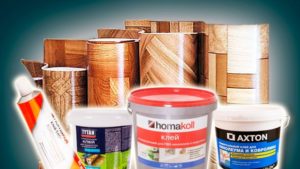 Once your linoleum creatures are clean, act quickly. The sooner you make repairs, the easier it will be.
Once your linoleum creatures are clean, act quickly. The sooner you make repairs, the easier it will be.
After applying the adhesive, apply silicone adhesive along the edge of the linoleum if it is in an area exposed to moisture, such as the base of a bathtub. This will prevent water seepage and further peeling.
REFERENCE! To prevent the linoleum from peeling again, consider installing baseboards along the wall around the room, which will help keep the edges of the linoleum down.
Warning
Be careful when pulling out linoleum, especially when it is cool. It may crack and wrinkle, or a part may break.
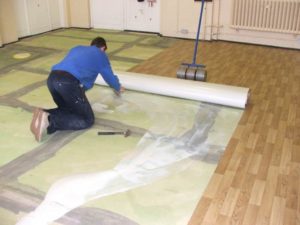 Do not overheat the linoleum. Excessive heat may cause surface blistering or discoloration.
Do not overheat the linoleum. Excessive heat may cause surface blistering or discoloration.
If moisture has caused damage to the substrate, such as wood rot or mold, you will need to repair it before you can re-glue the linoleum.
When working with products such as floor adhesive, follow the manufacturer's instructions and take recommended safety precautions.

